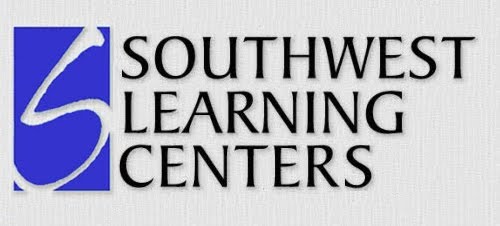"The definition of insanity is doing the same thing over and over again and expecting different results."
—Albert Einstein
—Albert Einstein
With all the discussion about New Mexico’s educational standing compared to the United States’ and the world’s standing, one would believe the powers that be would be seeking and embracing changes and solutions that could radically improve New Mexico’s public schools. Einstein may not have been talking about the century-old educational model still operating in most of New Mexico’s school districts and serving as a guide for many state policies and regulations, but he certainly could have been.
Southwest Secondary Learning Center (SSLC) bases student progress and advancement on the concept of mastery of learning/content as opposed to the traditional measurement of seat time or the Carnegie Unit. The vast majority of schools throughout the nation measure student advancement on the model developed by the State of Massachusetts in 1906 by the Carnegie Foundation for the Advancement of Teaching for the purpose of establishing a retirement fund for elderly college professors. The Carnegie Unit was created in order to establish a common teaching standard among various Massachusetts institutions of higher learning to determine professor’s eligibility to receive benefits from Carnegie’s $10 million endowment. In order to keep students in high schools and from prematurely entering college and to provide colleges with uniform admissions standards, the Carnegie Unit (or credit) developed into the measurement tool for secondary schools nationwide. The standard “unit” was further refined and defined by the amount of time spent in school for a year, week, day or class period or more simply put “seat time.” This definition of a high school education as “time served” remains firmly entrenched in New Mexico’s schools. Graduation, attendance, truancy, school calendars and many other state mandated requirements are all based on this antiquated measure of student achievement. Southwest Secondary Learning Center, a state chartered charter school, is required to adhere to many state mandated requirements that inhibit moving education into the 21st century.
The SSLC founders acted on their belief that students’ advancement should be based on content mastery and not on “seat time” in front of a teacher. The SSLC model uses computers as tools for instruction and teaches individual learners at the specific moment that the instruction is needed. This model of teaching individual students instead of classes or periods should be embraced as an alternative to the traditional school paradigm that most New Mexico students and families have no choice but to accept. SSLC students’ achievement and advancement is not constrained by the traditional classroom model; 4 walls, 35 desks and a “sage on stage.” Students’ progress through the course outline is based on content mastery and demonstrated proficiency instead of teachers’ lesson plans. Instruction is one-on-one and remediation is immediate, a rarity in the traditional classroom. Students’ opportunity to self-direct their education and their parents’ ability to set individual proficiency standards and monitor progress on line is a model that should be examined by all who wish their children to reach their full potential. Many critics of the education establishment contend that simply spending more money on the same century-old model will not improve education for New Mexico students. To continue on the same path is truly insane.
